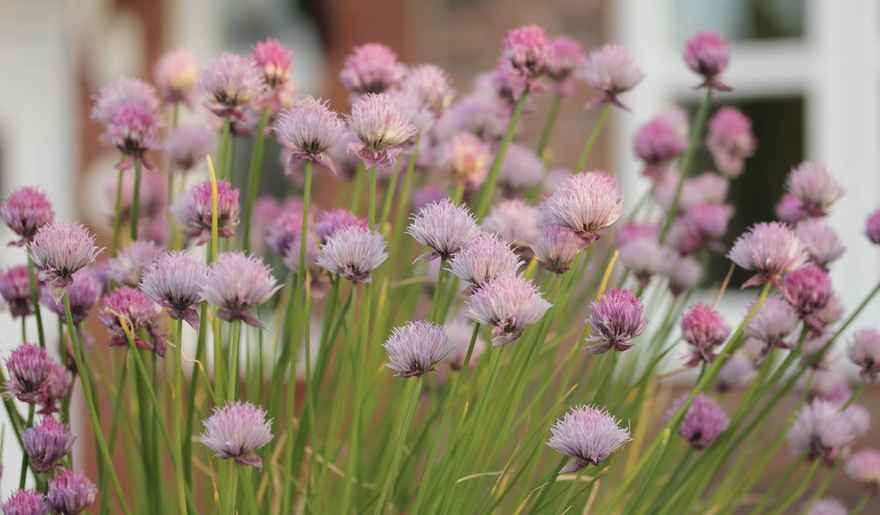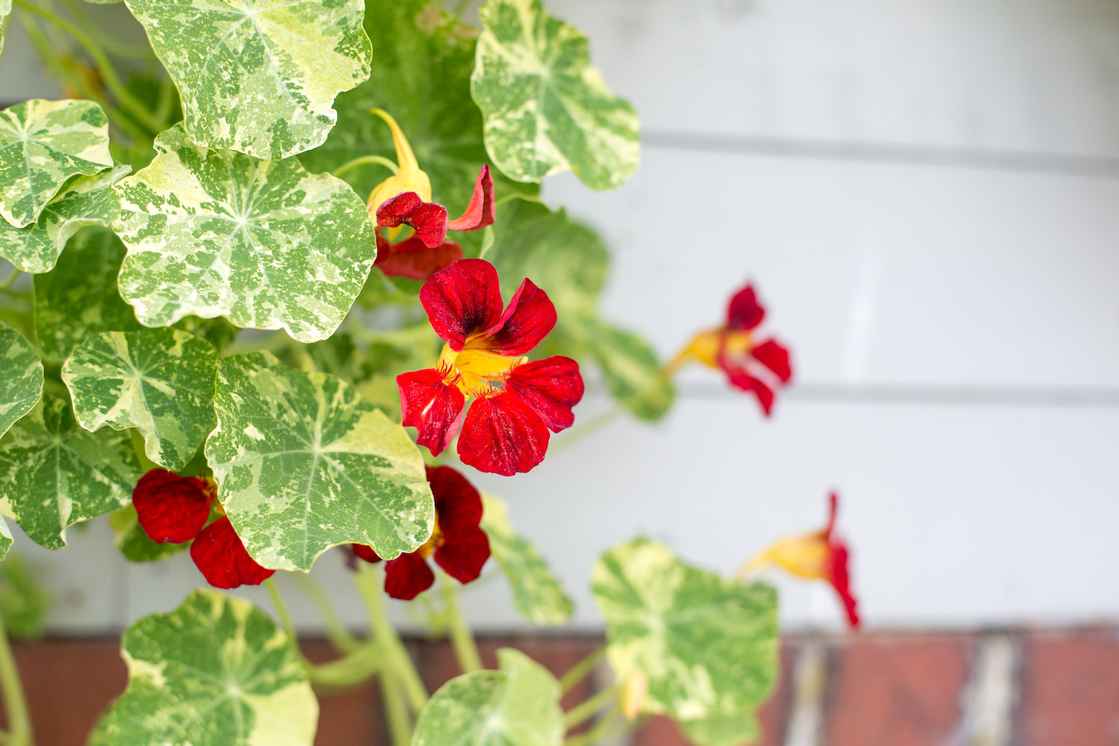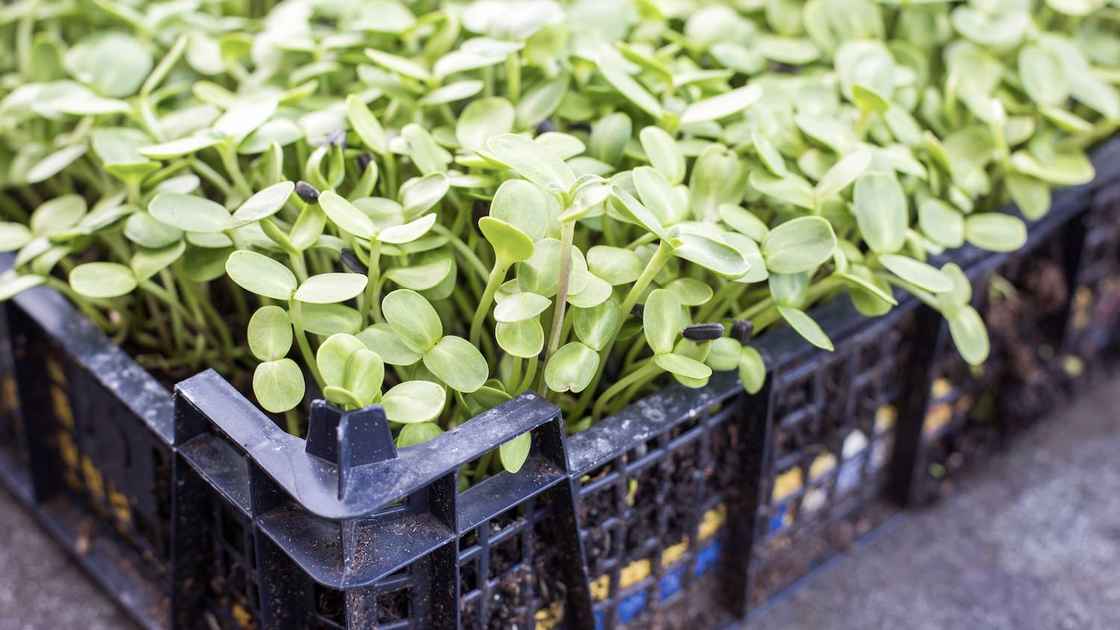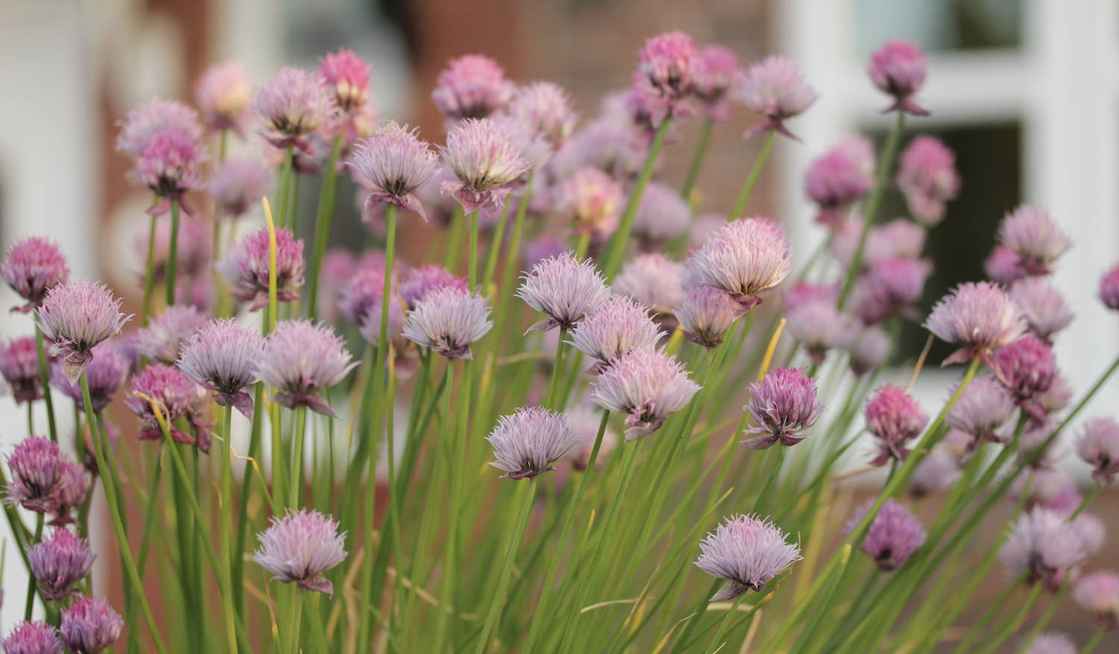Fifty Tasty Plants that are Easy to Grow in Containers AND Hard to Buy

I asked our community of container gardeners (on our Facebook Page, our Facebook Community and Instagram) about the edible plants they find easy to grow in containers and that are also hard to buy in the shops. Between you all, you came up with this wonderful list of 50 plants. Thanks so much!
Please do share which of these are your favourite 'hard to buy / easy to grows' in the comments. And, any more suggestions to add to the list? I'm sure there must be!
One of the great pleasures and benefits of growing at home is being able to eat a more diverse range of foods and flavours. It's really good for us, too. The excellent Zoe website recommends we eat at least 30 different plants each week. This is much easier to achieve if you have a nice variety on your doorstep.
Here's the list, in alphabetical order - any new ones here that you feel inspired to grow?
- African blue basil
- Alpine strawberry
- Amaranth
- Anise Hyssop
- Bergamot
- Bronze fennel
- Buckwheat shoots
- Celery leaf plant
- Chamomile
- Chard
- Chickweed (often grows wild in containers even if you don't plant it)
- Chilean guava
- Chillies - many unusual and delicious varieties that are not available in the shops, like Alberto's locoto.
- Chinese artichoke
- Chive flowers
Chives are seen in some supermarkets but have you ever seen chive flowers? So pretty in salads and tasty, too. - Chocolate mint
- Claytonia / Winter purslane
- Dittany (Greek basil)
- Dwarf mulberry
- Epazote (a central American herb)
- French bean heirloom varieties eg Cosse Violette, Major Cook's.
- French Tarragon
- Garlic chives
- Heirloom tomatoes eg Indigo cherry, Shimmer’s tomato, Tigerella
- Holy Basil
- Japanese bunching onions
- Japanese wineberries
- Jerusalem artichokes
- Land cress / American cress
- Lemon basil
- Lemon balm
- Lemon Verbena
- Mizuna, mibuna and other mustards like Osaka purple giant mustard
- Nasturtium - leaves and flowers

Nasturtiums leaves and flowers are edible, pretty and very tasty. Also productive and easy to grow. - New Zealand Spinach (some of us grew this together in the Vertical Veg Community a few years back and we all loved it).
- Orach
- Pea - heritage varieties like Avi Joan or the Bijou giant sugar pea!
- Pineapple Mint
- Sage
- Salsola
- Scot’s lovage - a pretty dwarf variety, ideal for containers & common lovage.
- Shungiku / Chrysanthemum Greens
- Sorrel - and many other oxalis varieties
- Summer Purslane
- Sunflower shoots.

Sunflower shoots are one of the most delicious microgreens - with a nice crunch and a slightly nutty flavour. - Sweet cicely
- Tarragon
- Thai Basil
- Three cornered leek (for leaves and edible flowers)
- Vietnamese coriander
- Watercress
- Winter savory
Obviously what is easy to buy will depend on where you live - but I think most of us would struggle to find most of the plants above in our local supermarket!
Your turn
Would love to hear your thoughts on these and other things that are easy to grow and hard to buy in the comments. Any in the above list you feel inspired to grow?


21 comments
Definitiv das Basilikum African Blue, aber auch besondere Salate wie z. B. Forellenschluss-Salat, Blutampfer, alte Gemüsesorten und noch vieles mehr. Ich achte auch immer auf Biosaatgut und samenfestes Saatgut, das ich dann ernte und wieder aussäe. Das eigene Saatgut von Radieschen z. B. wächst viel besser.
Liebe Grüße
Livvy
I would also include lemon thyme and apple mint
I’d also add that growing more unusual varieties of those easily bought can maybe help with the apparently declining nutrients in regular produce. Some varieties have way more of the things we need than the normally available ones - and taste better anyway. Blueberries seem to be a case in point - and anyone seen Black Cherry tomatoes in a shop lately???
I love Garlic rocket and goutweed
Oh - and this year I try Tiger nut, sugar root (Sisum sisarium) and crosne (Stachys affinis)
This is a brilliant list. Thank you!
Two years ago I sowed Claytonia / Winter purslane in modules and as soon as I planted it out on my allotment, it was eaten by the slugs. At the same time, I sowed Corn Salad/Lambs Lettuce and it has survived two winters (one going down to -9 degrees) and has self-seeded everywhere. It is BRILLIANT! Has a lovely nutty greeny taste. You don't get loads off a single plant so I have 8, but they don't take up a lot of room and they are one of my happiest discoveries. Looking forward to trying some of these others, like amaranth, orach. I have perennial plants of Good King Henry and Sorrel to try this year and have also sown some American Land Cress. Exciting!
I didn't realise you could eat chickweed! I'm always pulling it out of my planters, is it nice in salads?
Shirley, it is edible, has a mild taste, fits in every salad and a plus: it comes with lots of mineral nutrientes and vitamines.
I use it as ground cover in my planters. Keeps the soil moist and it propagates almost yearround.
it grows easily here (north US), I can find it in my yard and on walks. I also add purslane to my salads, again an eager volunteer around here. I pick it when I see it, wash it and keep it in my frig.
In most Belgian herb gardens/allotments you will find sorrel, celery leaf, chamomille and (rainbow)chard, sage and chives next tot the more common known herbs (basil, sage, rosemary,...). Sometimes you will find a gardner who waits until the flowers arrive onto the chives as to eat them (mostly in a salad bowl or on a slice of bread with cottage cheese and radishes which is a regular in the vicinty of Brussels, the Belgian capital). French tarragon or lemon verbena are no regular in our gardens but not rare to see neither. Nasturium is grown as to hide the compostheap or to catch greenfly and eating as well of course, mostly in salads. Sweet cicelyis a replacer for chervil as it is rather hardy and perennial. Summer and winter purslane are getting well known and become rather popular for use in soup and purée; it's a fantastic source of vitamine C. As it selfseeds you're in for a regular, annual harvest. And if you ever would like to see chickens go frantic: let them taste some summer purslane! It tastes very sweet to them. Some gardeners grow winter savory to use to cook (string, butter and green) beans. It really enhances the flavour of the beans and makes them smell even better. Bronze fennel mostly has an ornamental use. Japanese wineberries starting to get quite known but Chilean guava hardly can be found. All the other suggested plants and herbs remain exotic to most Belgian gardeners. But than they also remain a gardener's challenge!
All the edible wild plants like Dandelion, Jack in the Hedge, Winter Cress, Ground elder, Scurvy Grass, ...
Hi team, :) I grow a lot of Vietnamese Coriander (Mint but not a mint), the local Vietnamese name is Rau Ram. It must be the easiest plant to form roots on cuttings in water in under a week! I give plants away frequently. It's a great substitute for ordinary coriander and grows easily all year round. The trick to growing it is to set your pot in a bucket with water in it, since it is an aquatic plant. I mainly use the new soft leaves. You can post sticks of it in plastic bags.
Ragged Jack,(Brasica) wild on clay cliffs of Hampshire, When grown in the garden produces Flower head/bunch March to April cook as broccoli.
Self sows if you let it flower
Where do you source seeds?
A quick web search for "kale ragged jack seeds" will find you, for example:
https://brownenvelopeseeds.ie/products/ragged-jack-kale
or
https://www.saltspringseeds.com/products/red-russian-kale-aka-ragged-jack-brassica-napus
and plenty of others, and will also tell you that it's known as Red Russian Kale, which the Organic Gardening Catalogue sell.
I also recommend Uncle Bert's Purple Kale but AFAIK the only source is the Heritage Seed Collection from Garden Organic.
Mashua, Tropoleum Tuberosa, is ornamental while growing and produces its tubers after the plant is killed with frost. Sprouts this time of year indoors as I've just discovered. Needs eating before then. I'm trying to grow the sprout in buckets in the poly tunnel and we'll see what happens. Perhaps plant out in May when it will be quite a spectacle.
An inspiring list - thank you, Mark. However I was disturbed to see three cornered leek (Allium triquetium) on it, as this is classed as an invasive species under the Wildlife and Countryside Act, making it an offence to knowingly transplant it in England and Wales. Its Scottish counterpart, the few flowered leek (Allium paraduxum) is similarly categorised as invasive in Scotland.
Salad burnet - I grew it from seed a couple of years ago and it's still going strong and has lovely flowers too.
Hab You ever tried african eggplants (solanum aethiopicum)? In front of my kitchen brick-wall they thrived in larger to middle-sized pots. But even in our clay soil they do quite well and are hardier than solanum melongena. the fruits are smaller, but each branch carries a bundle of up to 5 fruits. they tolerate the cooler climate of middle-germany. You have to harvest them as long as they are still green, bevause then they are not bitter, but if you like a bit of bitterness in your ratatouille, they can even be tasty when ripe and red. The biggest range of seeds you can find at www.deaflora.de. many greetings and thanksvery much for sharing your experiences
Leave a comment